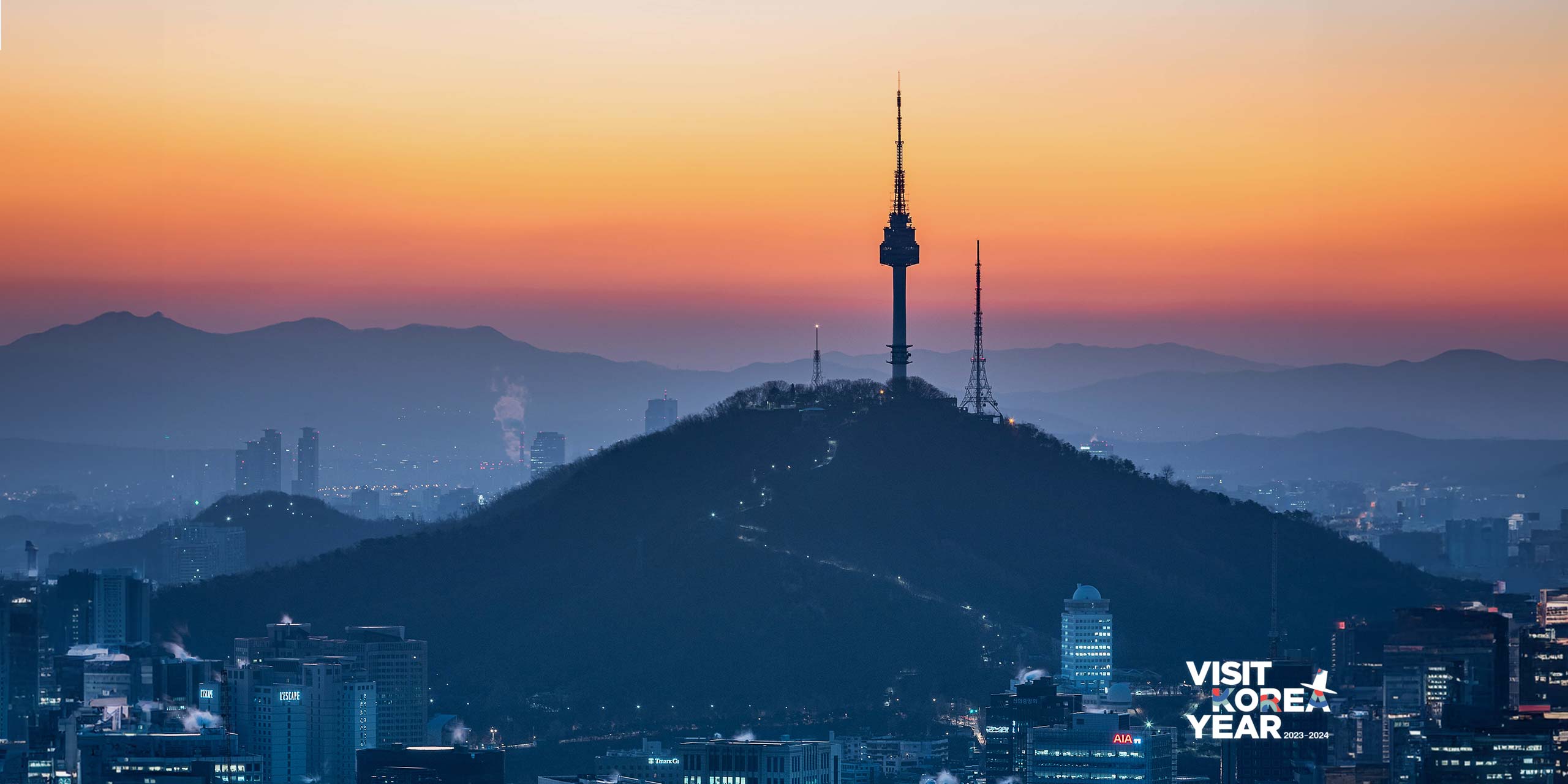
Few cities have the energy of Seoul.
From Gangnam to Garosu-gil, K-pop thunders through the city’s bustling shopping streets. As diners gather at sizzling barbecue restaurants, the well-heeled flock to exclusive bars for soju cocktails. Look up and you’ll see shimmering skyscrapers; keep your gaze at ground level, and you’ll find timber-framed hanok traditional houses beside ancient palaces.
An hour’s train or taxi ride from Incheon International Airport—one of Asia’s biggest international hubs—leads you into the beating heart of Seoul. Once there, you’ll want to hit the ground running.
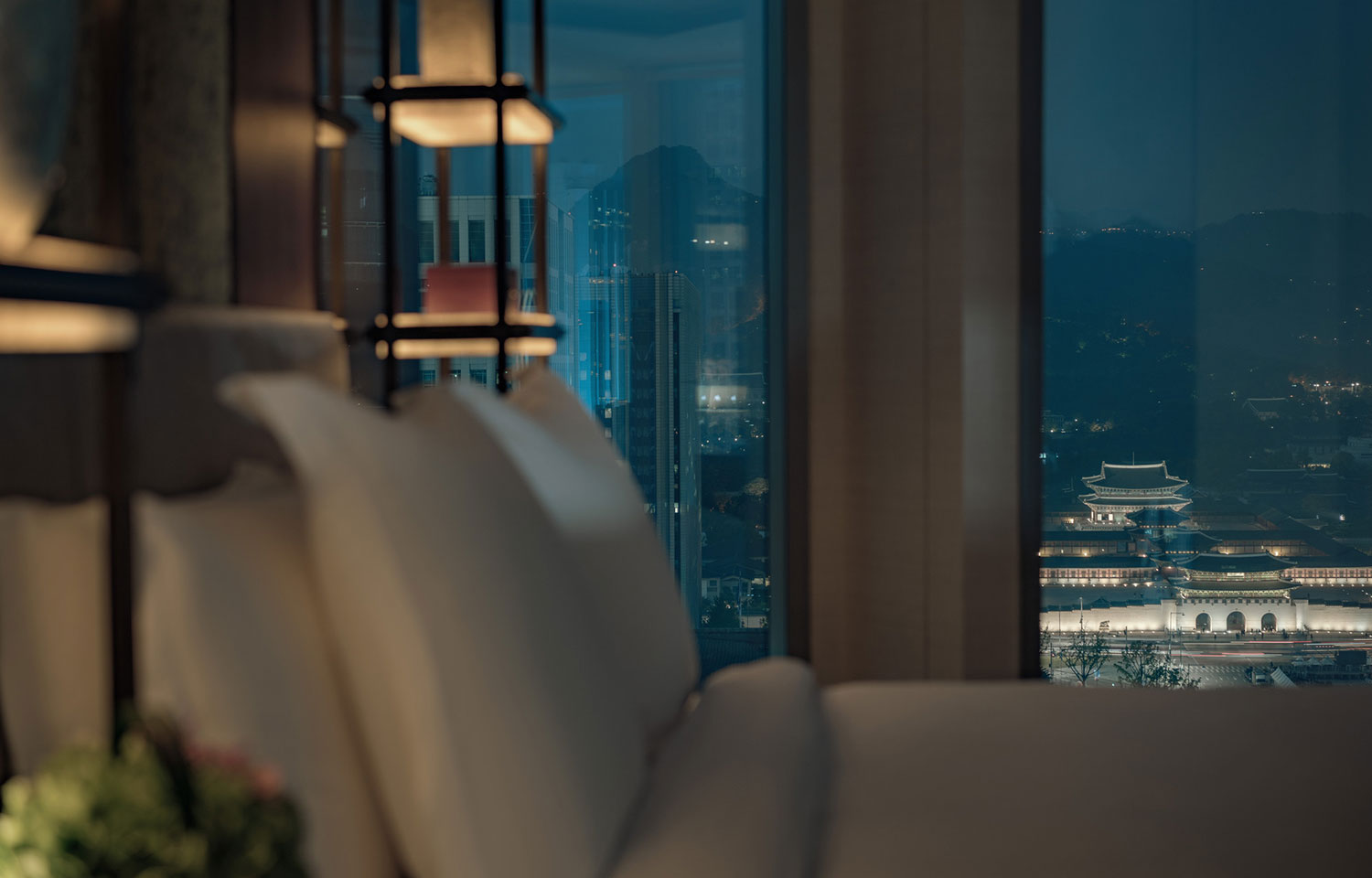
It might be cliché to speak of the intersection of past and future, but it’s fair to say that both are well-represented here. Hallyu, the Korean wave sweeping the planet, surges up from its source in the city. If you like fashion, there’s Myeongdong. Music and street life, Hongdae and Itaewon. History, the centuries-old Gyeongbokgung and Changdeokgung Palaces and quaint Bukchon hanok village.
Seoul’s dining and drinking scenes have also achieved lofty esteem in recent years. The city boasts 33 Michelin-starred restaurants, many showcasing dining traditions, and six bars on Asia’s 50 Best list.
Whatever your taste, you’re sure to satisfy it in the action-packed Korean capital.
Where to Stay
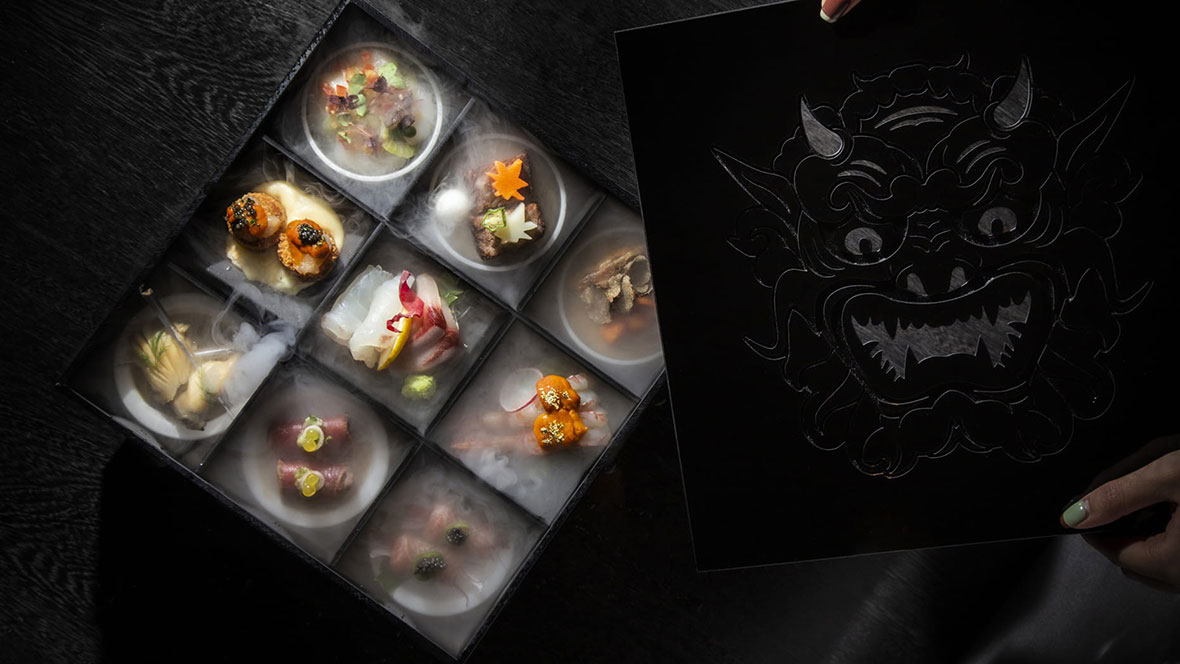
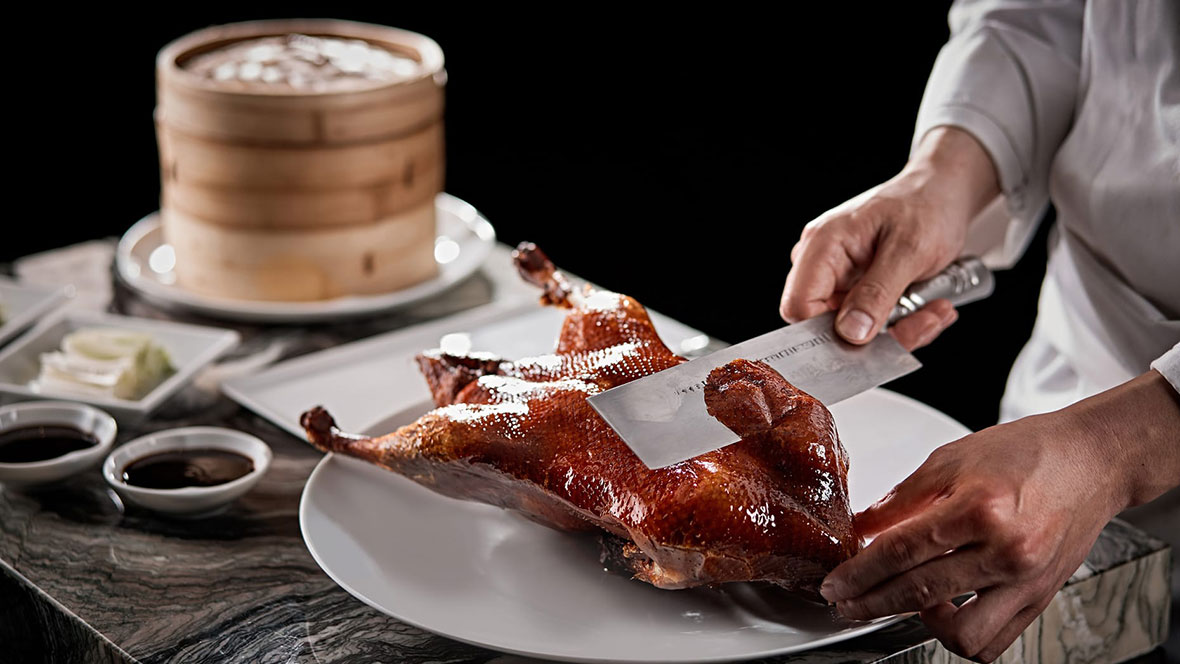
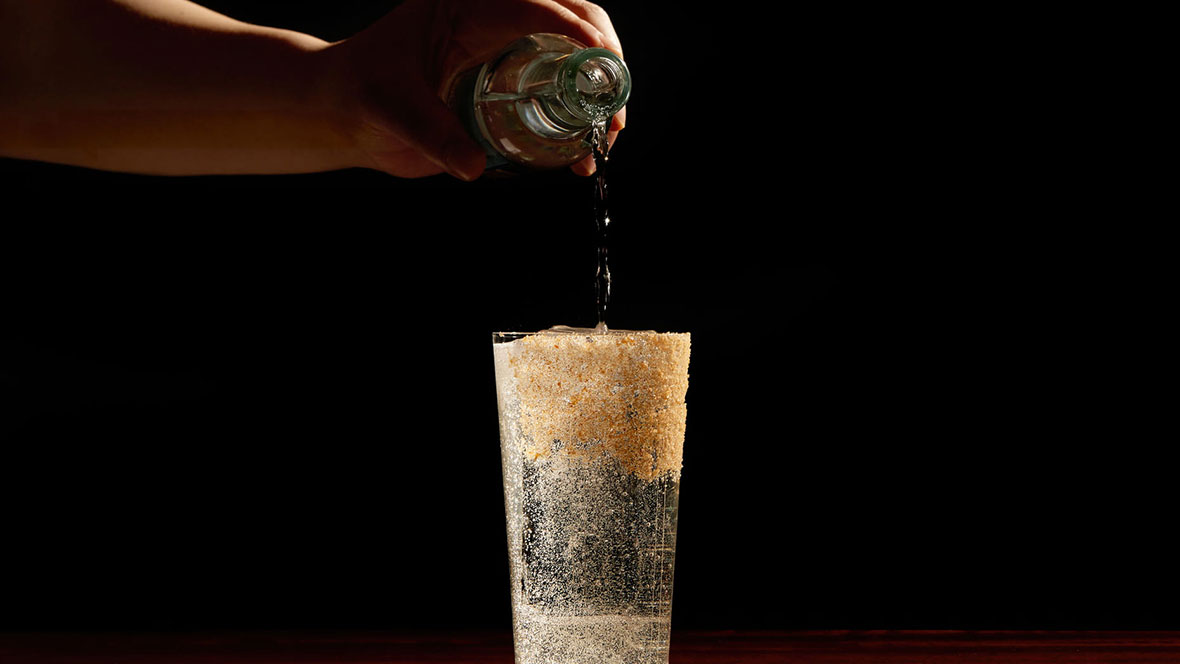
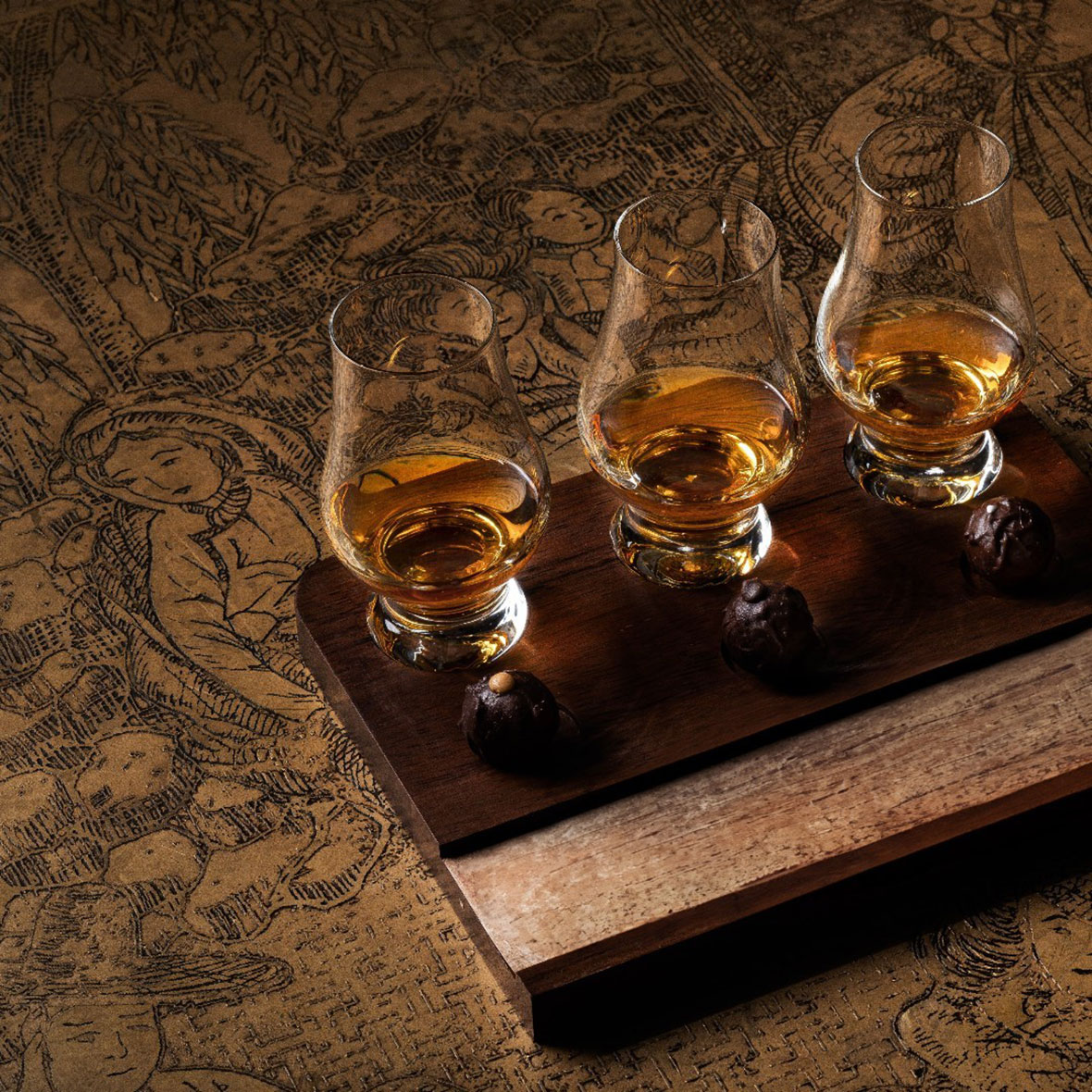

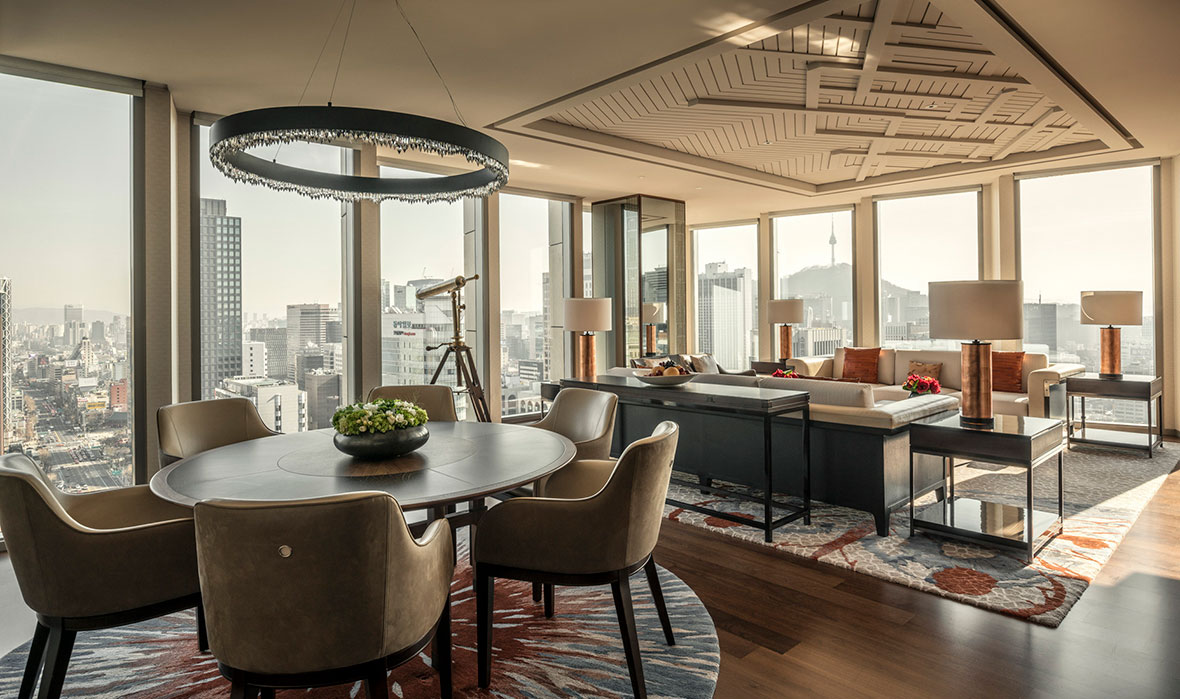
Like the city surrounding it, the Four Seasons Seoul unites traditional motifs with Korea’s modern sensibilities. The hotel sits in the center of Seoul’s north bank in Gwanghwamun. Historic sites like Gyeongbokgung Palace and Bukchon aren’t just a short walk away – from the best rooms and suites, they’re visible through floor-to-ceiling windows, framed by the verdant mountains beyond. The décor is discreet, refined and impressive, with exquisite Korean art and pottery filling out public spaces. After exploring the city, make use of the pools, sauna and spa, or the state-of-the-art 3D golfing range. Fine dining is available on-site at restaurants like Akira Back and Yu Yuan, while renowned cocktail bars Oul and Charles H. have turned the hotel into a nightlife destination.
Gourmet Paradise
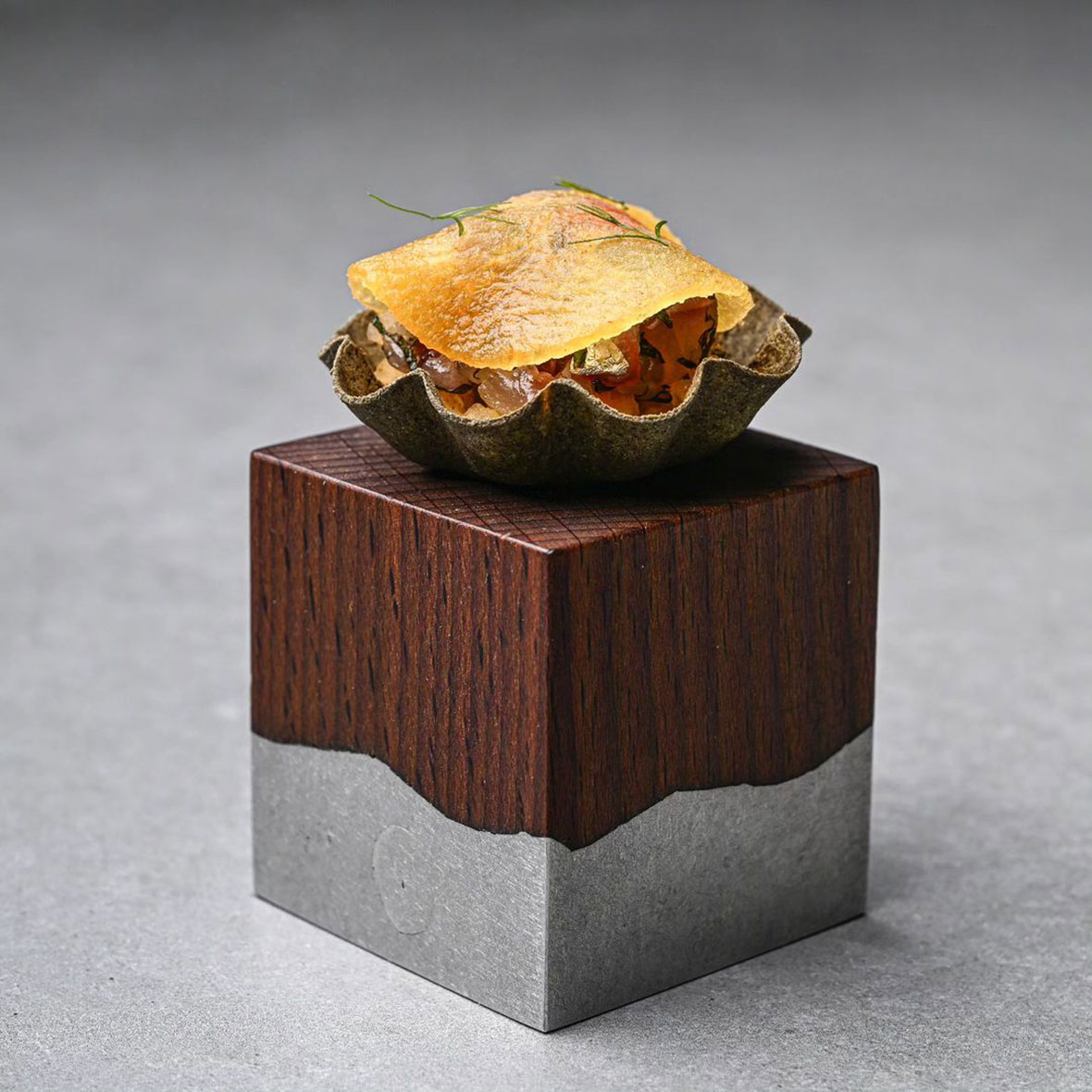
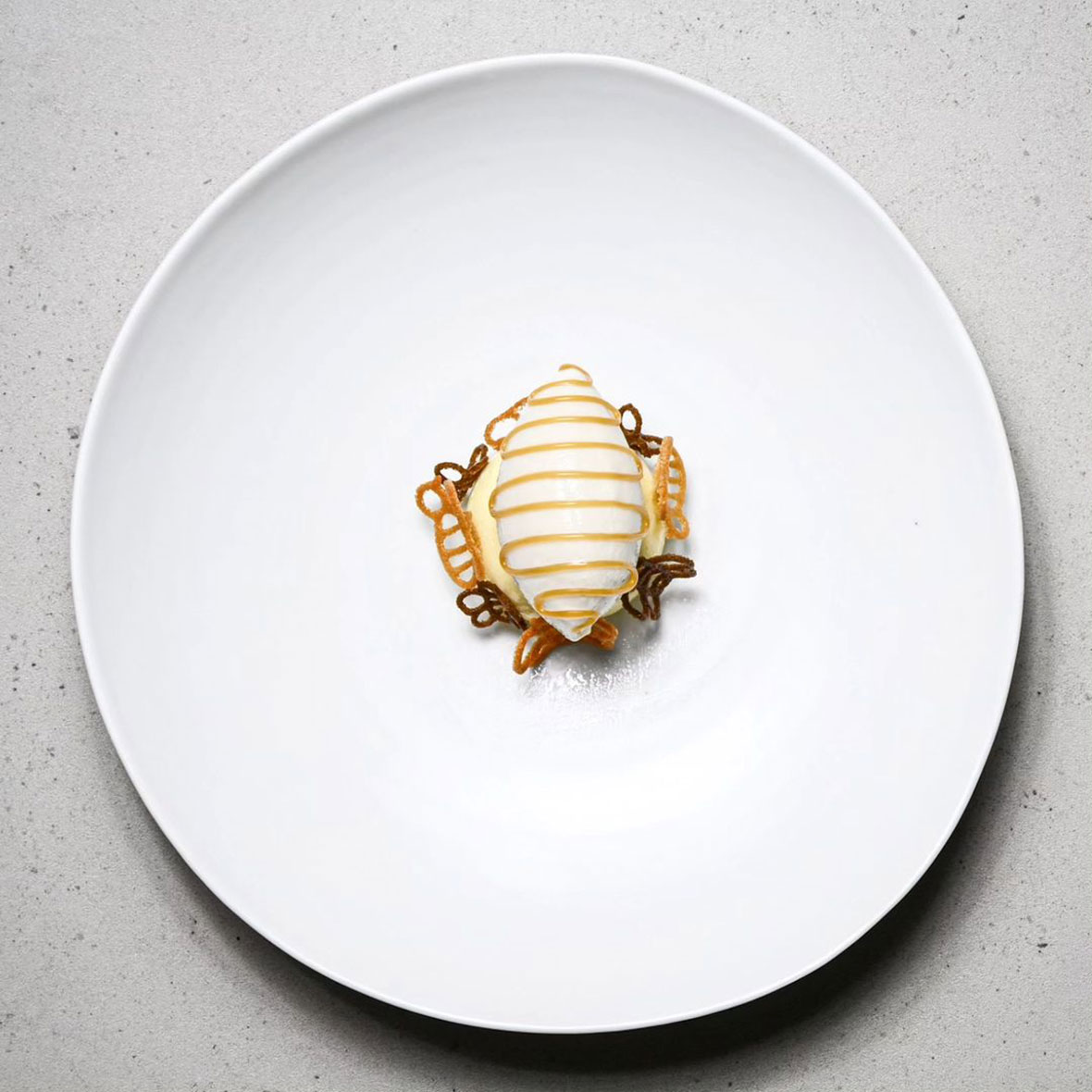
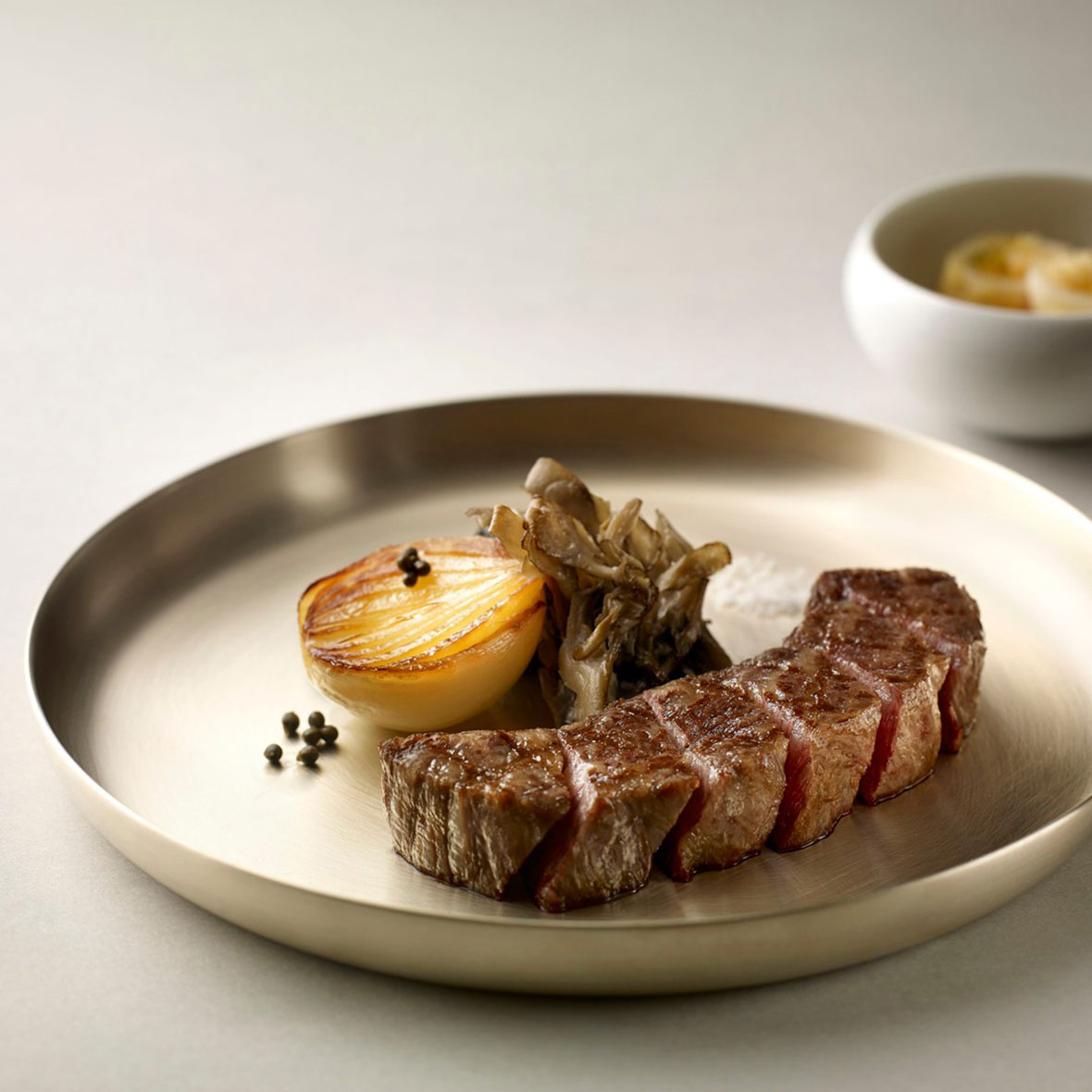
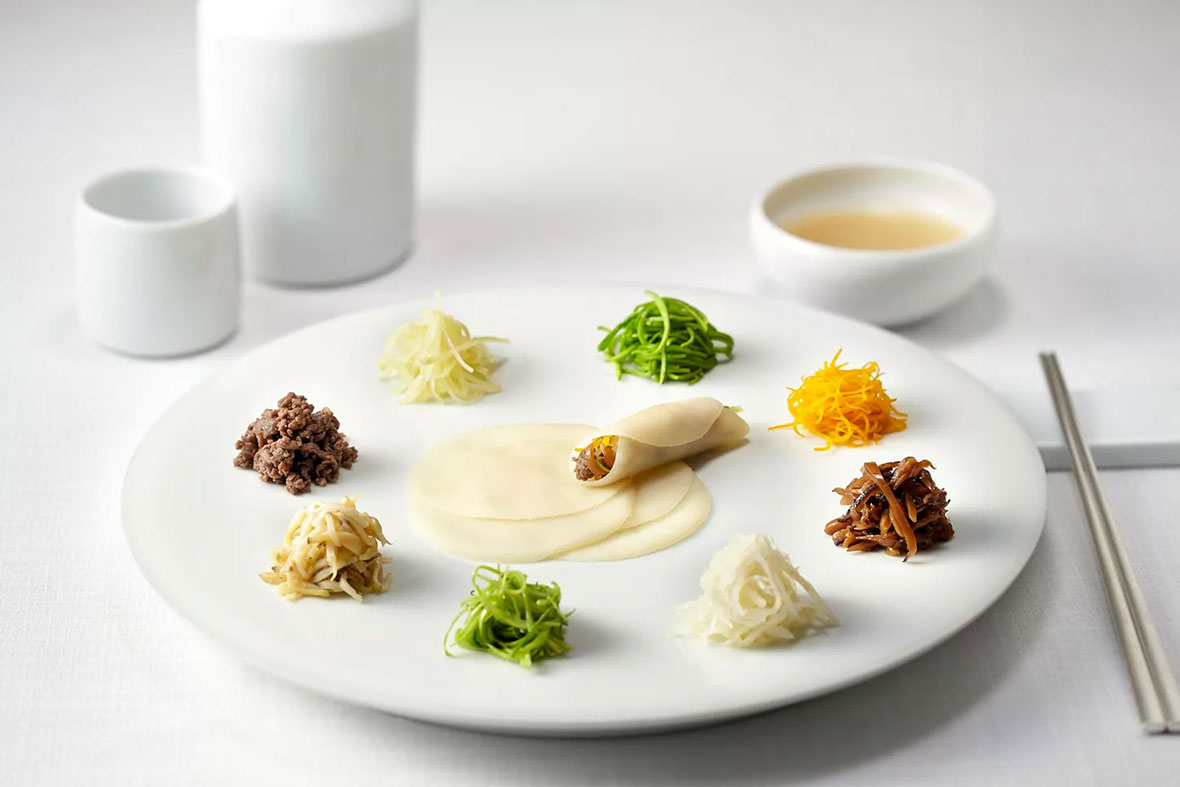
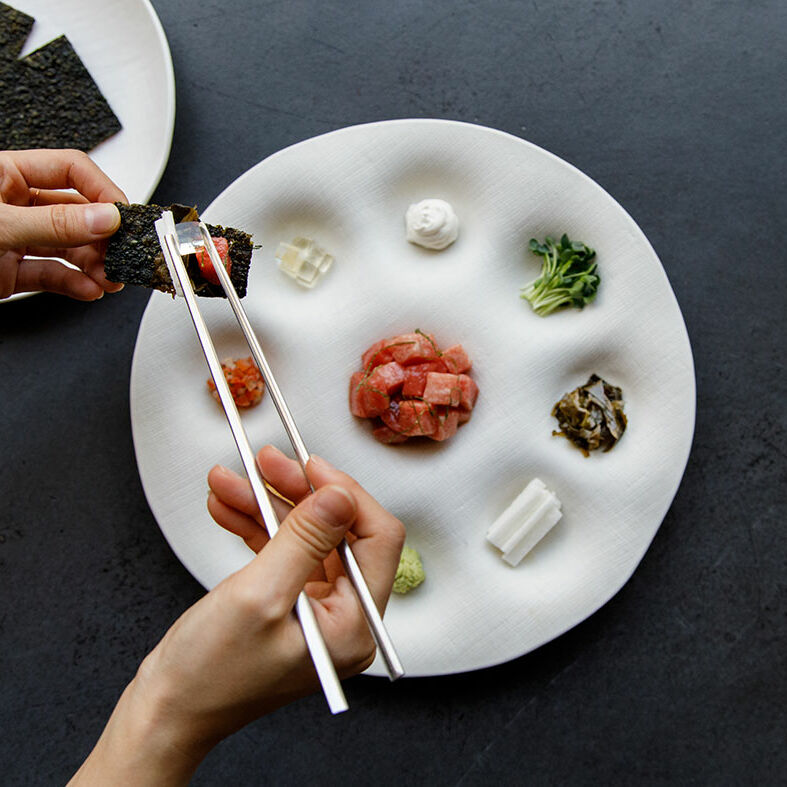
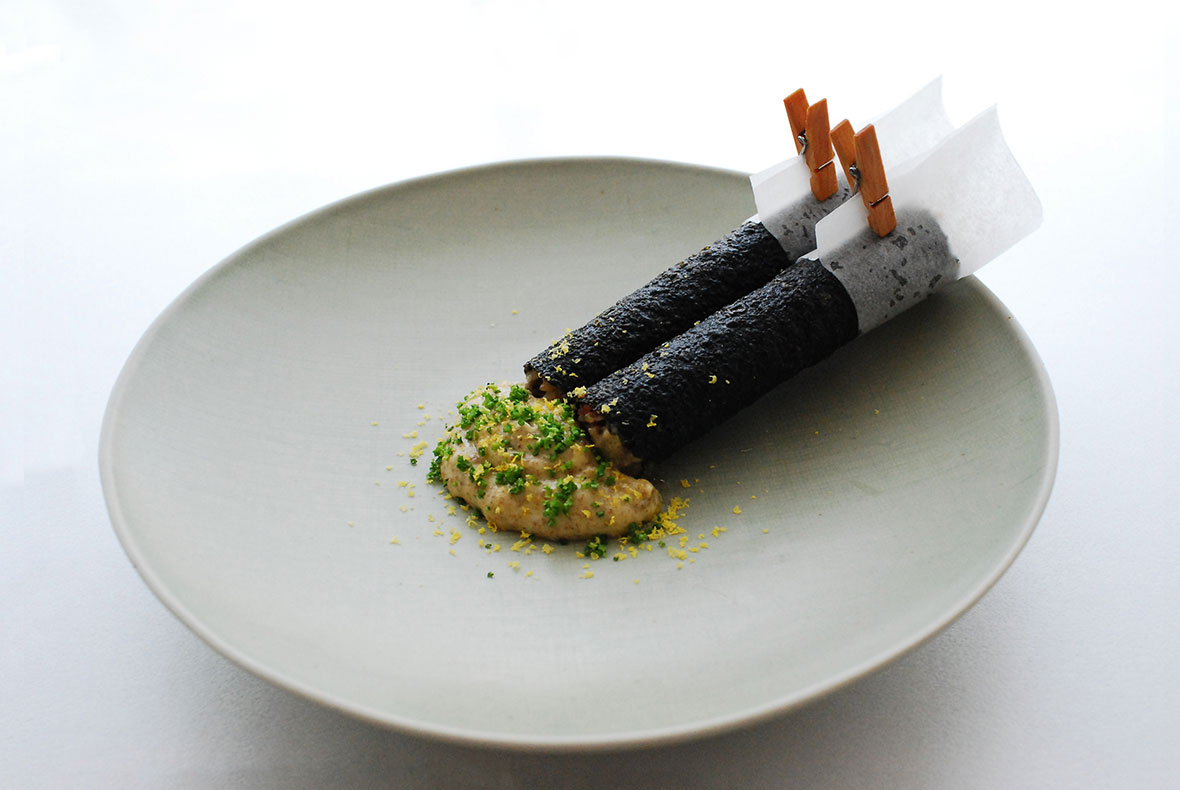
Korean cuisine was for decades overshadowed by its Asian contemporaries. Those days are long gone. Seoul abounds with great eats, from street food to fine dining. For a down-to-earth experience, wash down treats such as fried chicken, kimchi pancakes, and dukboki (fish cakes) with beer, soju or makgeolli, the fizzy fermented drink that’s enjoying a revival courtesy of food-driven bars like humble Damotori in Yongsan and Namsan Sool Club in neighboring Itaewon. There’s no shortage of high-end options, either. One- and two-Michelin-starred restaurants such as Soigné, La Yeon and Jungsik showcase Korean traditions with a cutting-edge interplay of foreign techniques.
Ride the Hallyu Wave
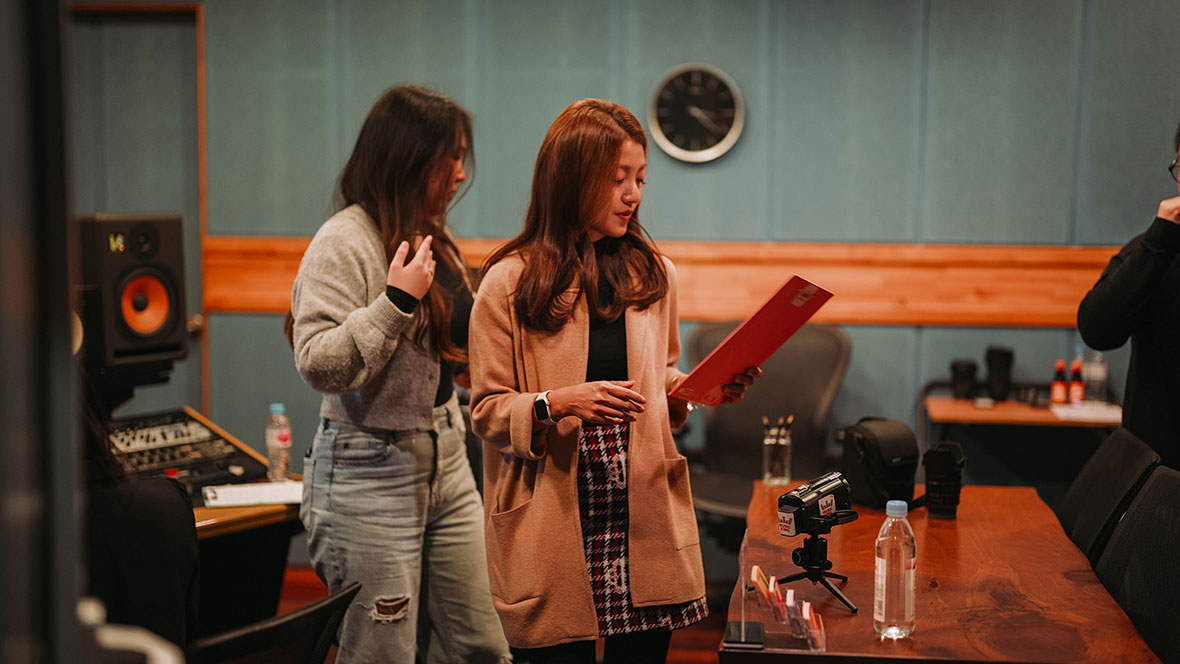
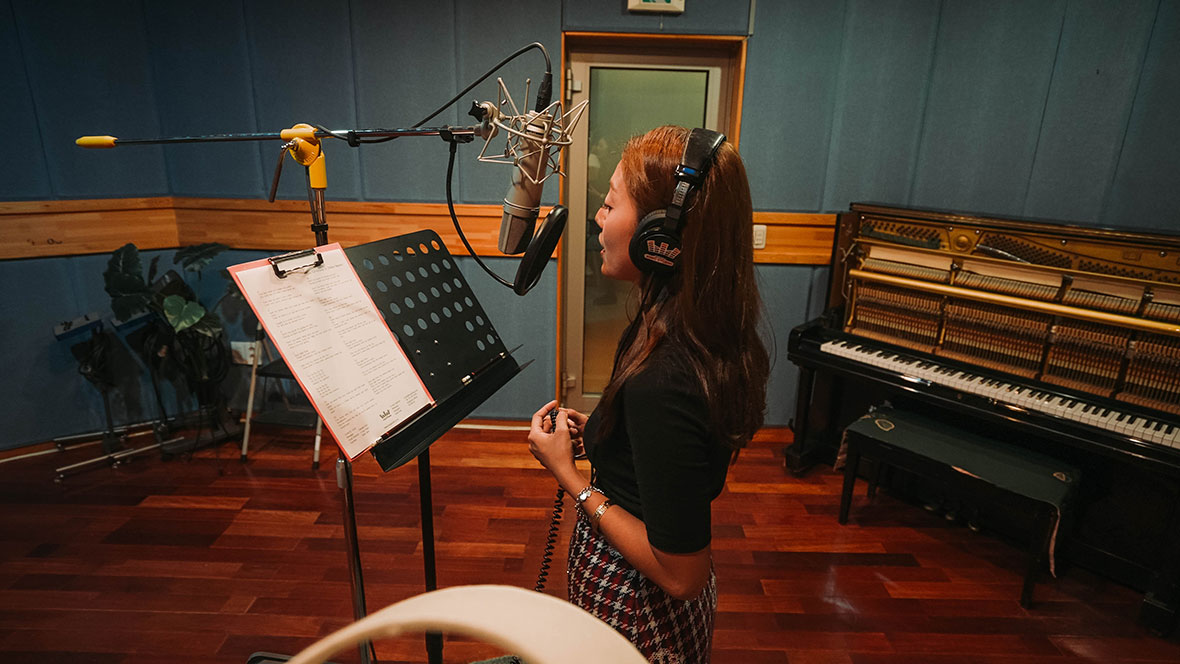
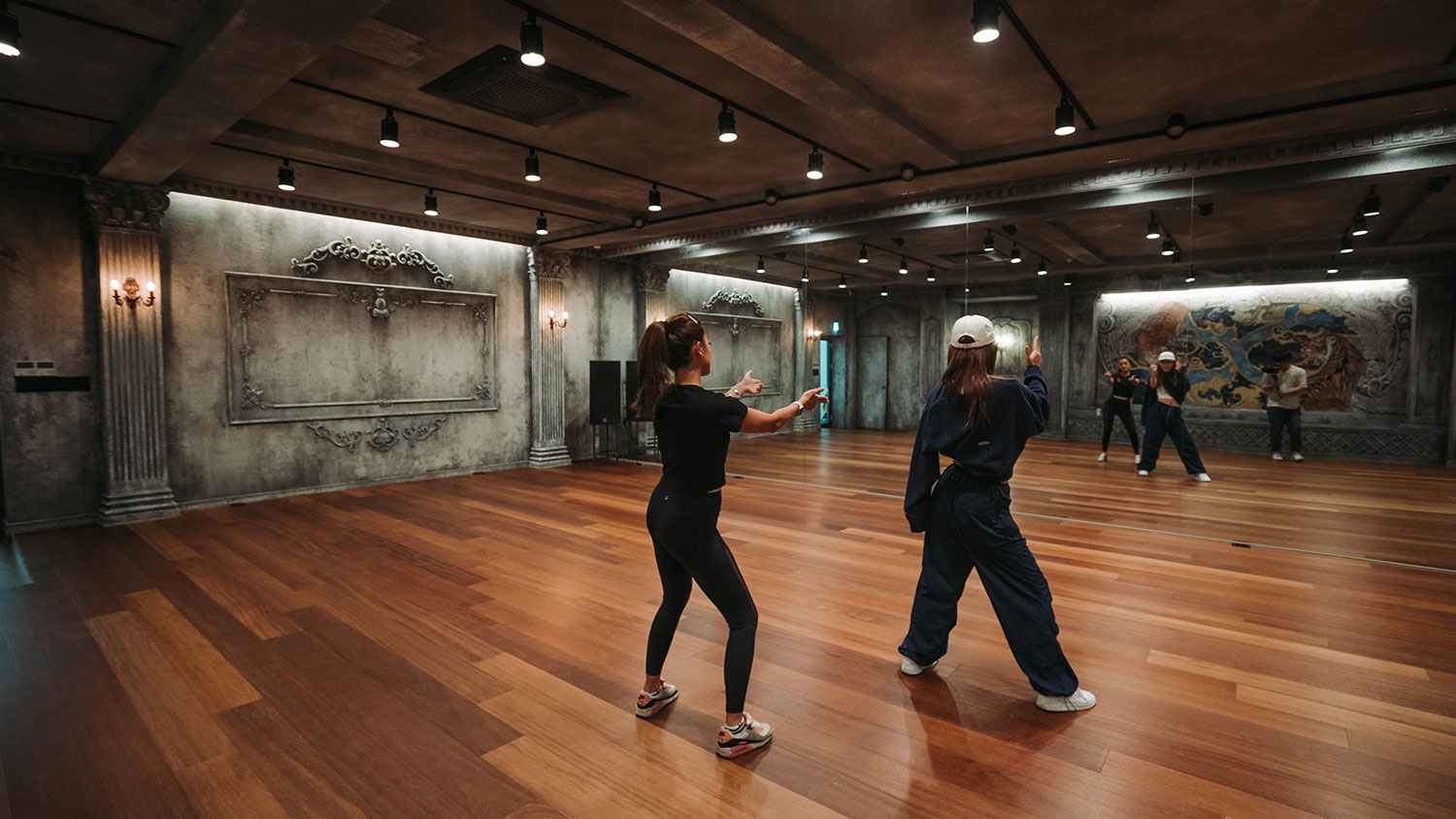
Whether it’s TV series like “Squid Game” or K-pop sensations BTS, BlackPink and New Jeans, Korean pop culture has taken over the world. No visit to Seoul would be complete without an exploration of this modern phenomenon. South of the Han River, channel “Gangnam Style” at the iconic Psy statue and nearby K-Star Road, the luxury shopping street lined with K-pop statues. Afterwards, record your own K-pop track under the guidance of a top record label sound engineer, before a private dance class at a professional choreography studio that works with famous K-pop acts.
Refined Bar-hopping
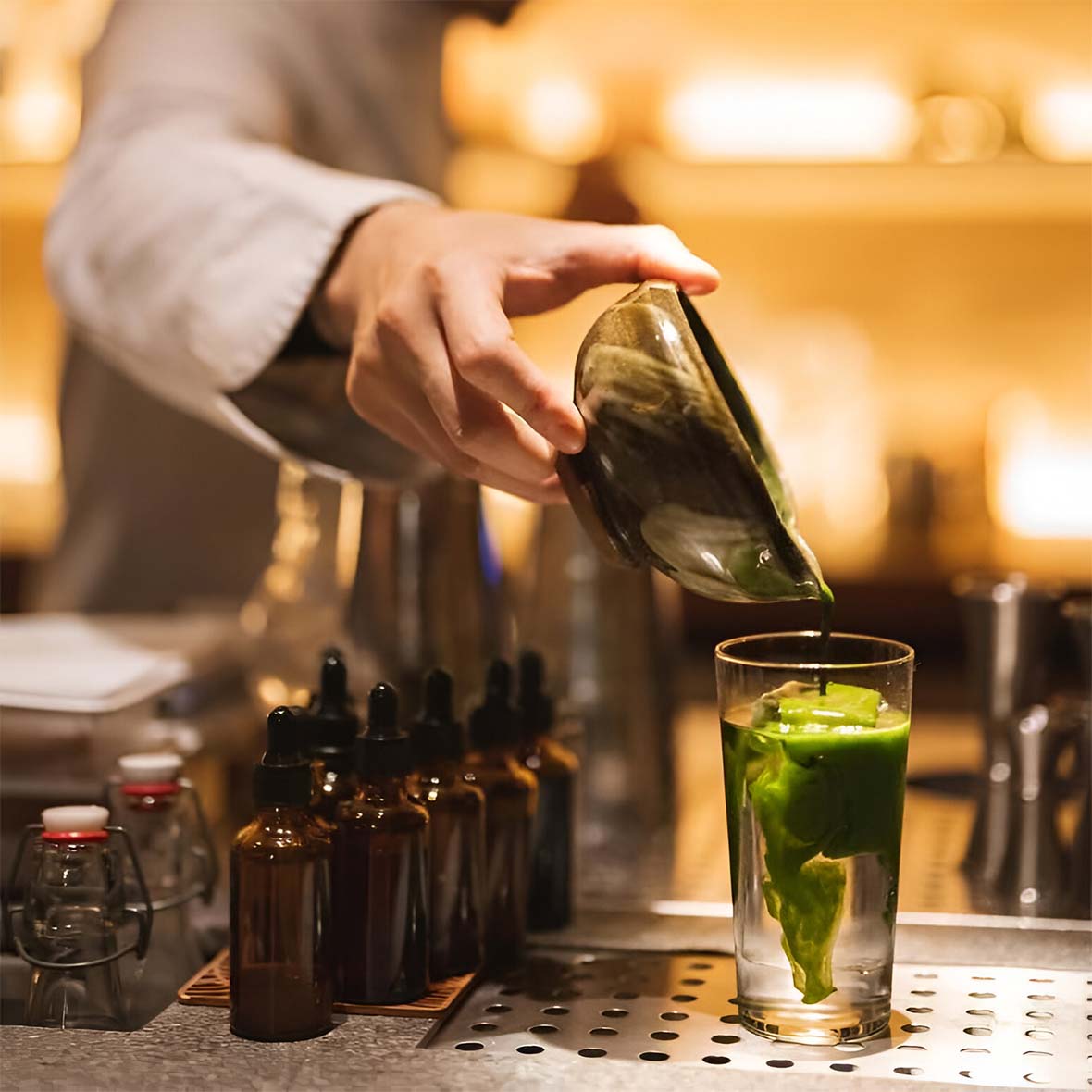
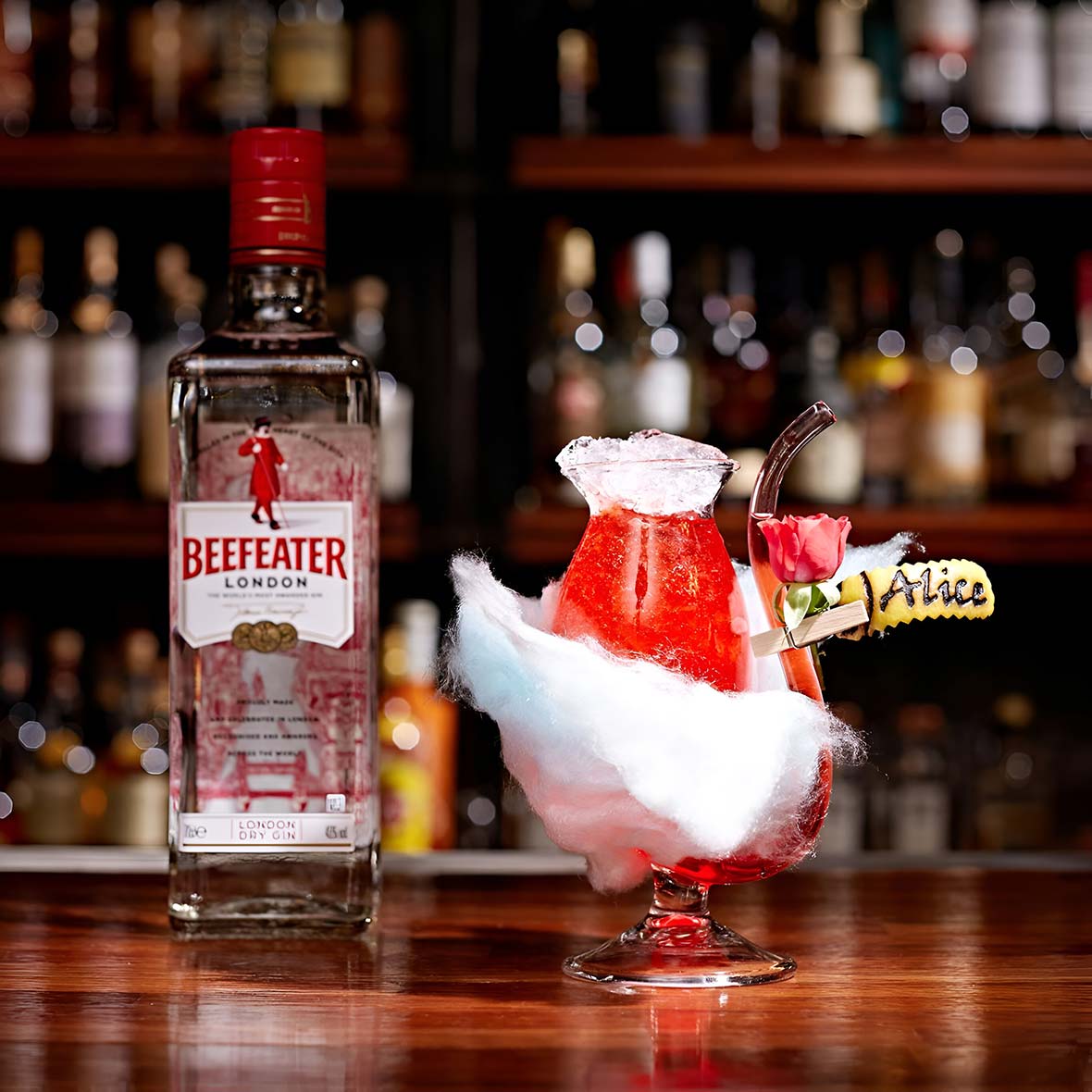
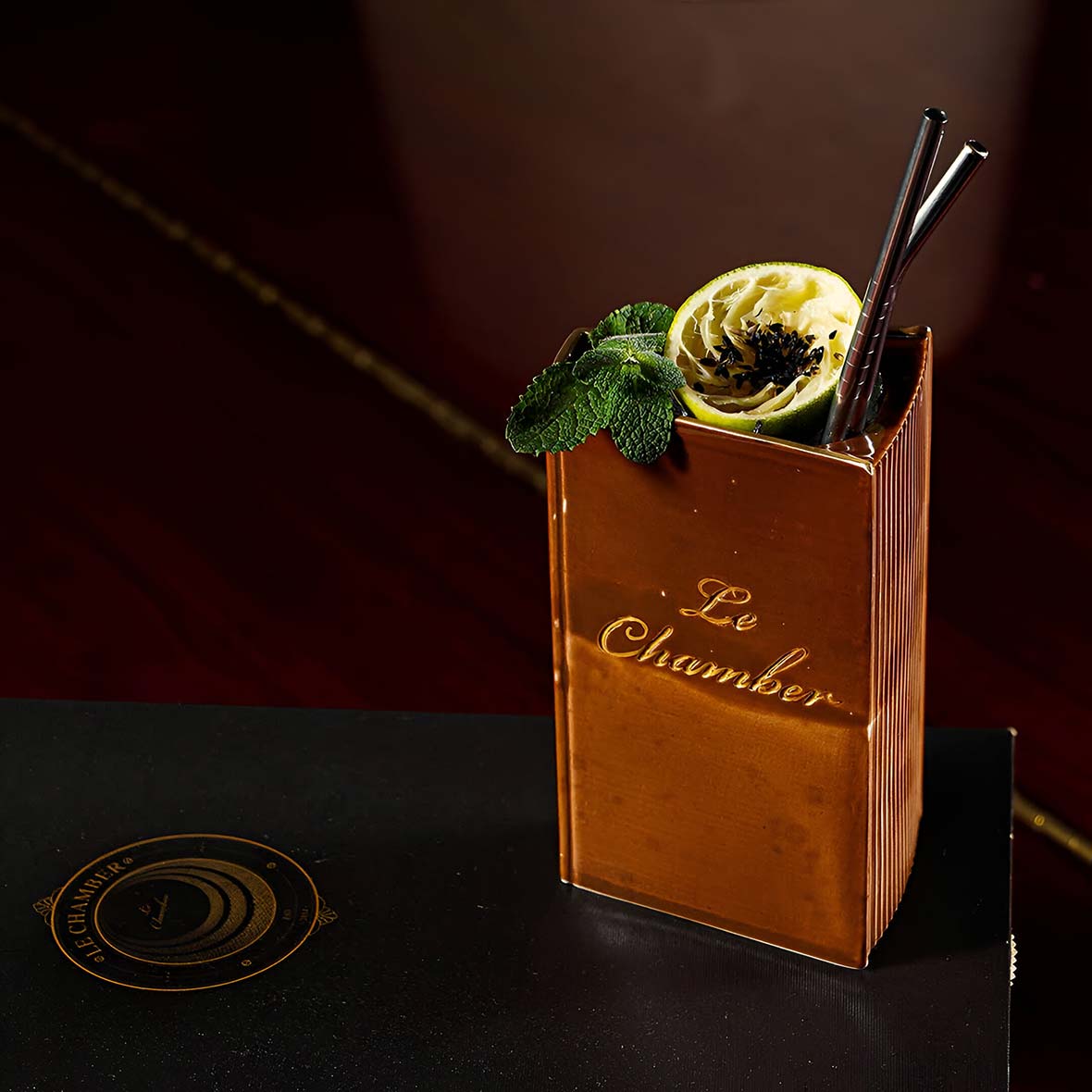
Getting a drink in Seoul used to mean somaek, a shot of soju plunked into a glass of beer. While you can still pickle your liver with somaek at any Korean dive or barbecue joint, you can also enjoy more refined drinks at some of Asia’s best bars. Visit Bar Cham for cocktails based on Korean spirits – including some featuring homemade soju bitters – plus the handsome hanok setting. If you’re following Asia’s 50 Best Bars list, chase Bar Cham with a trip to sustainability-driven Zest, follow the white rabbit to Lewis Carroll-inspired Alice or sink into upscale piano bar Le Chamber.
Wellness Capital

Korean beauty brands occupy rarefied air in the wellness world. Some of the best-known include Innisfree, Missha and Sulwhasoo, the luxury cosmetics brand powered by Korea’s famed ginseng. You can get the full product experience at the Sulwhasoo Spa, regarded as one of the premier wellness destinations in the country. But for many Koreans, the fountain of youth is less about beauty routines than regular physical fitness. Nearby Bukhansan National Park – an easy half-day trip – affords spectacular views of Seoul from the pinnacle of many of its 142 hiking trails. More accessible treks to N Seoul Tower on the summit of Namsan and walks in hilly Bukchon also get the heart pumping.
Historic Attractions
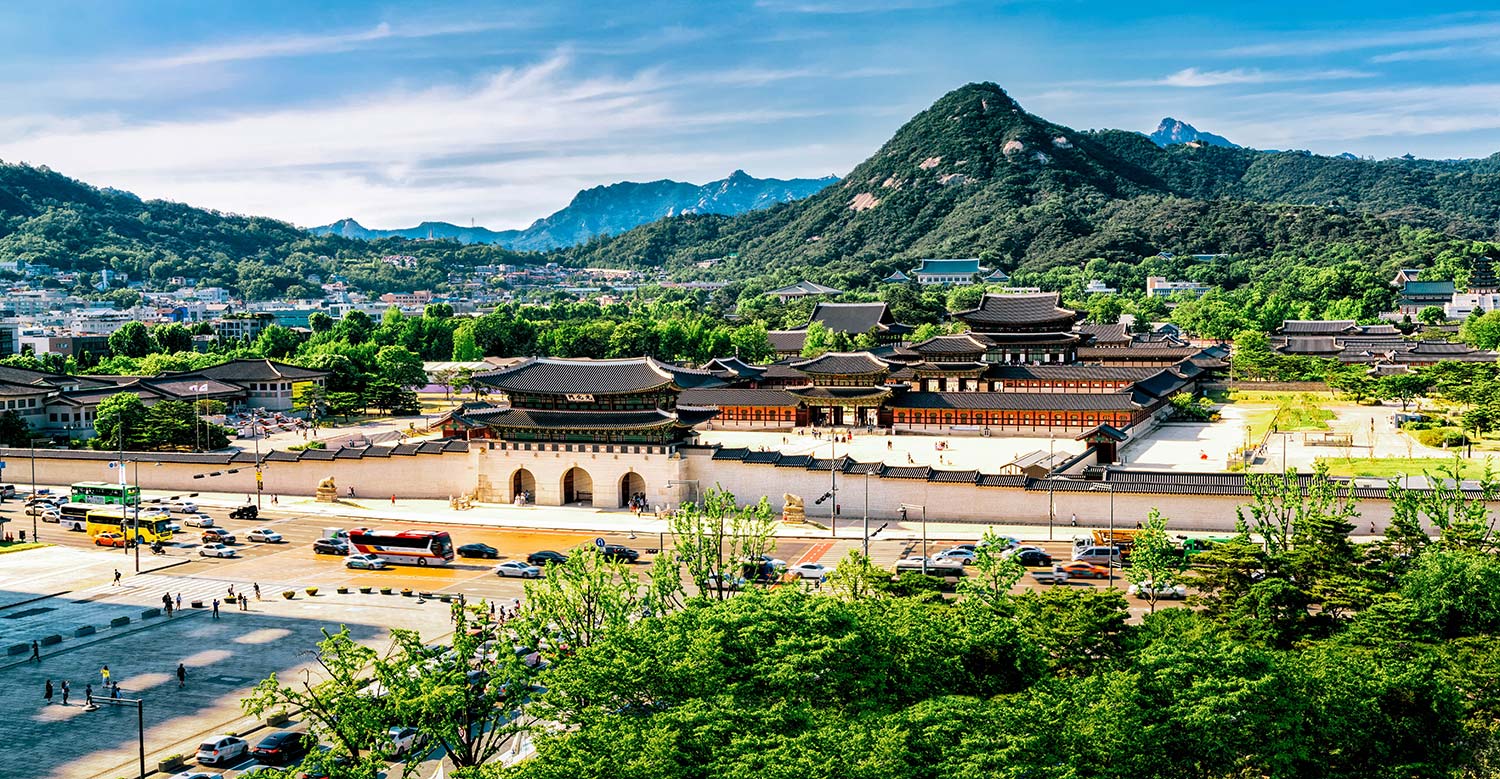

Although so much air space is devoted to pop culture, Seoul’s most compelling attractions are often its oldest. Built in 1395, Gyeongbokgung was the largest of the great palaces built by the Joseon dynasty. World Heritage-listed Changdeokgung, built in 1405,might be its most atmospheric, however. Wedged between the two palaces are unmissable heritage neighborhoods Insadong and Bukchon, the quaint hanok village that today is home to cafes, guesthouses and teahouses. Other cultural highlights include Seochon, the city’s oldest district just west of Gyeongbokgung, and Cheong-gye-cheon, the beautifully revived stream known for its landscaped walkways, waterfalls and public art.
Contemporary Korean Art
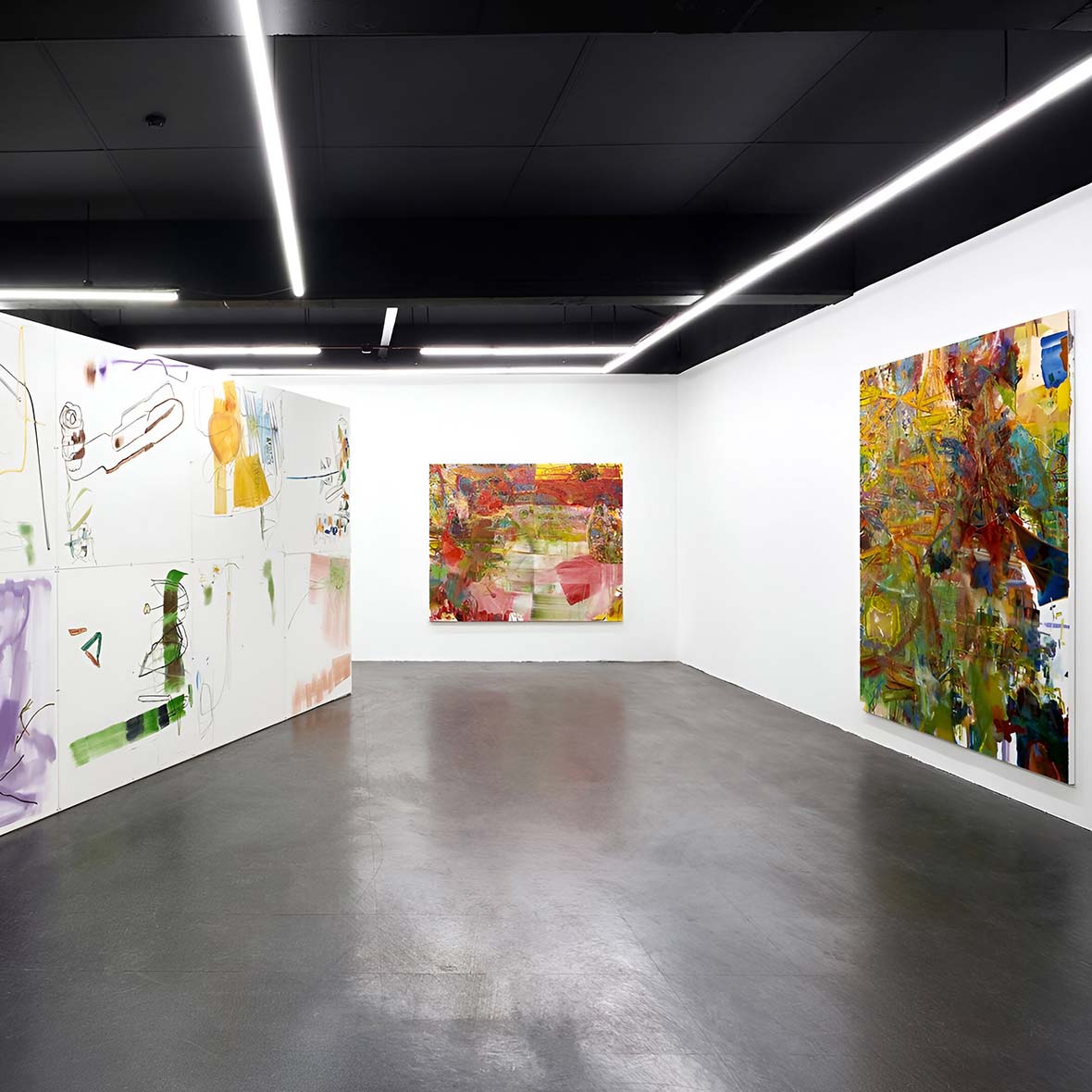
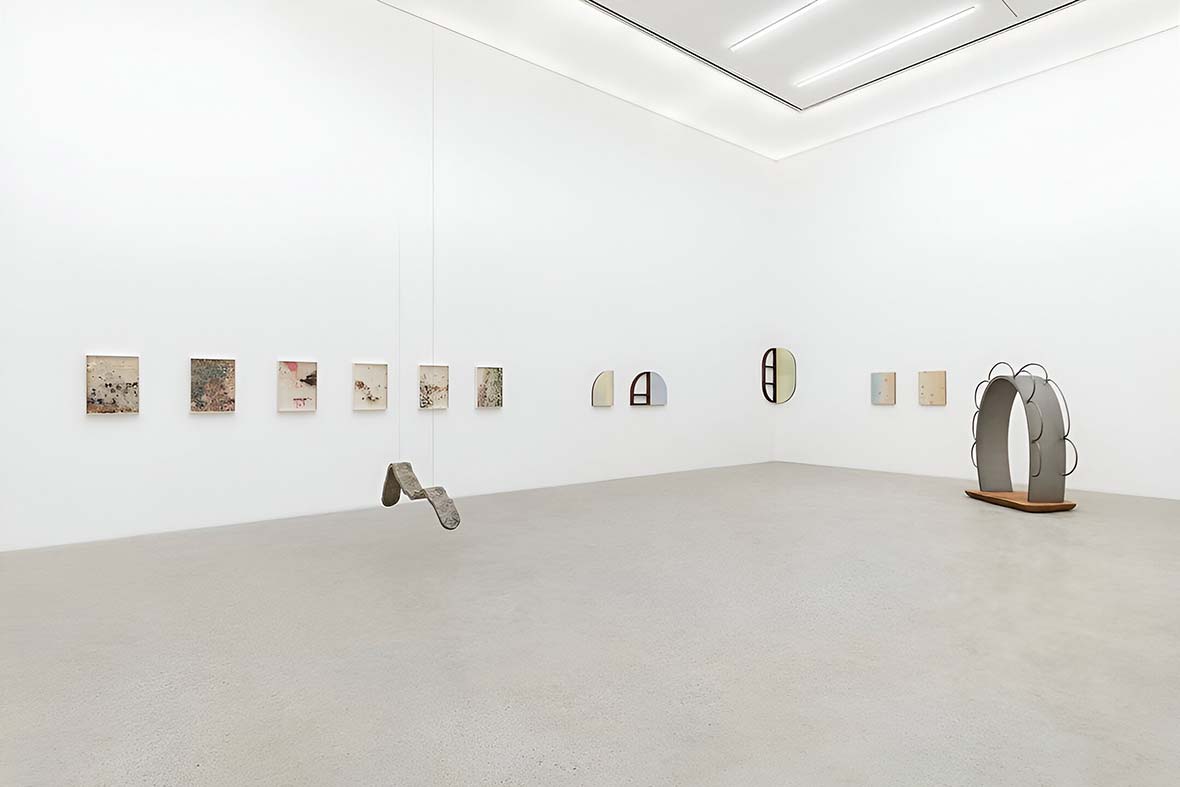
Korea’s modern art scene has leapt into the global spotlight with dizzying speed. Artists like Lee Bul, Haegue Yang and Park Chan-kyong have exhibited extensively abroad. High-profile galleries like Thaddaeus Ropac, White Cube and König have opened branches in Seoul, joining homegrown high art venues like BB&M and Kukje. Courtesy of events like the annual Frieze Fair and Kiaf Seoul, which debuted in 2002, Seoul’s fine art calendar now competes with the likes of Paris and Tokyo.
